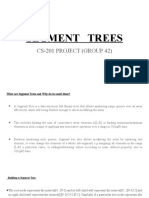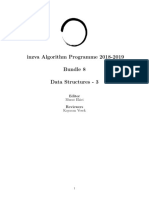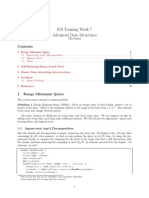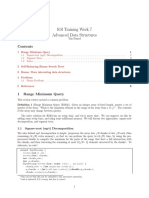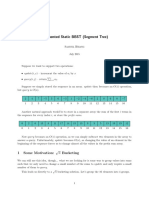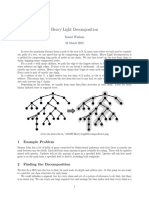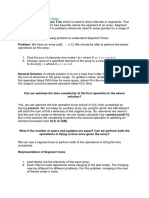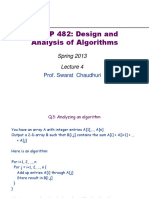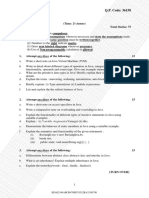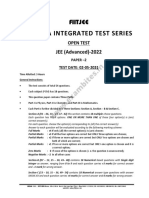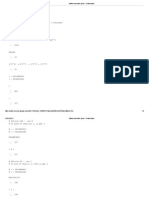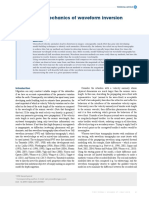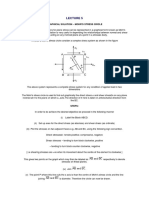0% found this document useful (0 votes)
46 views29 pagesAlgorithms Graph Theory 22 Heavy Light Decomposition 1
The document discusses Heavy-Light Decomposition (HLD) for handling queries on dynamic trees, focusing on the efficient querying of tree structures with changing values. It outlines the algorithm, prerequisites, and the use of segment trees for range queries, emphasizing the conversion of trees to chains for efficient processing. Additionally, it covers the implementation details and considerations for both node and edge values in the context of HLD.
Uploaded by
Abdo ZezoCopyright
© © All Rights Reserved
We take content rights seriously. If you suspect this is your content, claim it here.
Available Formats
Download as PDF, TXT or read online on Scribd
0% found this document useful (0 votes)
46 views29 pagesAlgorithms Graph Theory 22 Heavy Light Decomposition 1
The document discusses Heavy-Light Decomposition (HLD) for handling queries on dynamic trees, focusing on the efficient querying of tree structures with changing values. It outlines the algorithm, prerequisites, and the use of segment trees for range queries, emphasizing the conversion of trees to chains for efficient processing. Additionally, it covers the implementation details and considerations for both node and edge values in the context of HLD.
Uploaded by
Abdo ZezoCopyright
© © All Rights Reserved
We take content rights seriously. If you suspect this is your content, claim it here.
Available Formats
Download as PDF, TXT or read online on Scribd
/ 29



